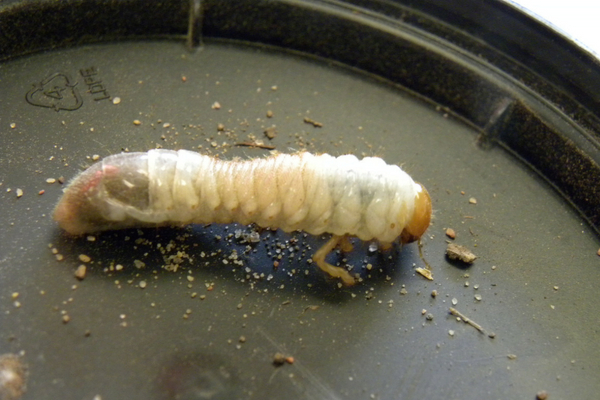Summer is a great time to be outdoors and garden. However there are a few pesky critters that can get in our way and cause us harm or harm our plants.
Ticks
Ticks are commonly associated with outdoor activities. Tick populations are predicted to be high this year and they are all emerging at the same time now due to the cool spring. Ticks are found in grassy or wooded areas clinging to grass and other plant materials waiting for a person or animal to walk by so they can grab on as they pass. If you are going outdoors to areas where ticks are commonly found, wear light-colored, long-sleeved shirts and long pants and closed toe shoes to reduce exposed areas where ticks can attach to your skin. Also, use insect repellents any time you are outdoors, the repellents with DEET have the highest efficacy. In addition, make sure you check yourself and your outdoor activity companions for ticks when you move indoors to ensure no ticks have attached themselves to us which can lead to other health issues.
June Bugs/White Grubs
June beetles are out flying around. May/June bugs are common in the later part of May into early June and are large, reddish-brown colored beetles found flying around outdoors right now. If you have had your windows open on these cooler evenings you may have heard the beetles flying into your screens while your lights are still on. They are a heavy flyer that buzzes loudly they run into screens often after being attracted to the lights indoors.
As an adult the June bug is a nuisance pest, but the immatures are white grubs. There are also white grub species that do the same damage from other beetles including the invasive beetle, Japanese Beetle. White grubs eat the roots of our turfgrass plants causing the lawn to turn brown in spots. White grub problems typically show up in June and July when we start noticing brown spots in the lawn. White grubs can be controlled with Imidacloprid (Merit), chlorantraniliprole (Acelepryn), and halofenozide (Mach 2). Timing is key for control of white grubs. The best time to apply these products would be in mid to late June when the grubs are just emerging from the eggs and they are still small. Water-in grub controls after application to ensure proper control.
Bagworms
Bagworms will soon become a problem as well. Bagworms are the immature form or the caterpillar of a clear-winged moth. The female overwinters in the bags with her eggs. In the spring or early summer, the eggs will hatch allowing the caterpillars to emerge from the bag. These caterpillars will then move around on that tree and they will move to other trees and feed on the foliage. They prefer cedars and other trees and shrubs in the juniper family, but they can also be found on pines and spruces as well as on deciduous trees to a lesser extent. The female adults will live their whole life in a bag and the males will emerge as a clear-winged moth to mate with the females.
It is best to only treat for bagworms when the caterpillars are active. Once they get too large, the sprays will no longer be effective. If you find bagworms on your trees you can pull them off and throw them into a bucket of soapy water, if there aren’t too many. Most years, we spray for them in the third week of June, but it is best to spray when they are just forming until they are no larger than one inch in length. The best chemicals to use for bagworms include Sevin, Eight, Bifenthrin, tempo or a product containing Bt. Bt is Bacillus thuringiensis which is a type of chemical that is specific to butterflies and moths and will not harm other beneficial insects such as bees and beetles.

